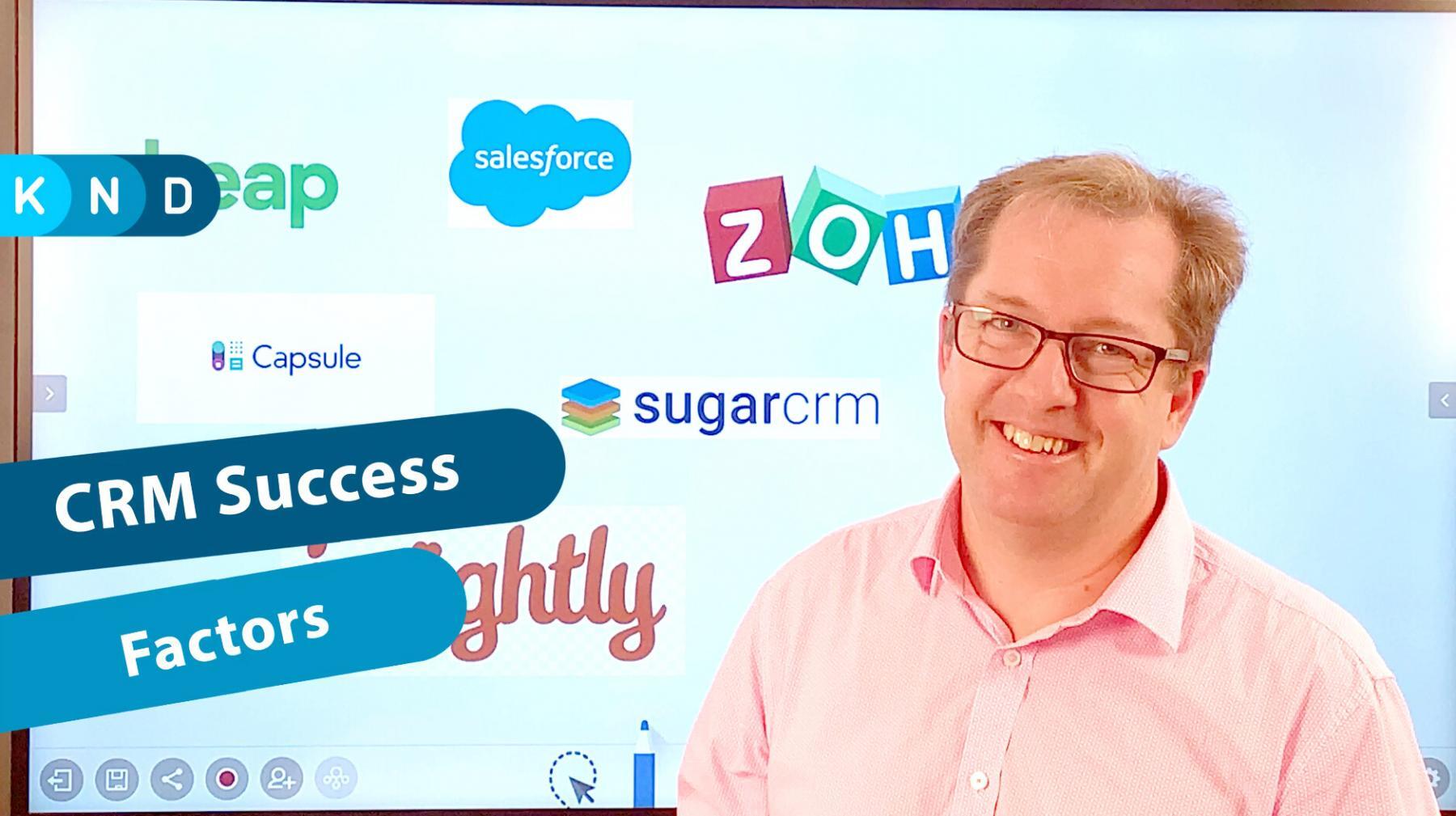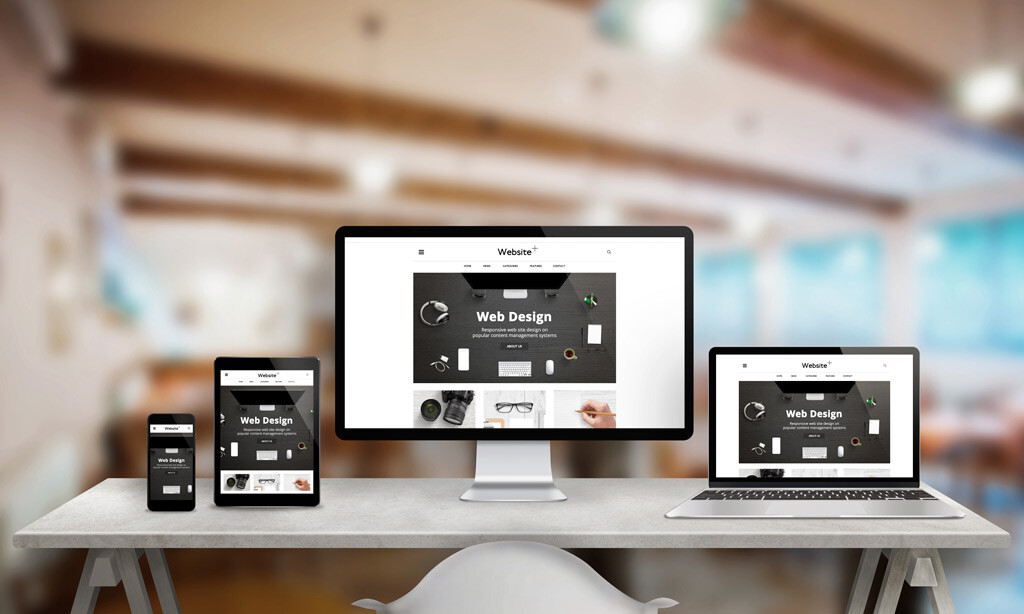
I’ve recently had the privilege of working with a fantastic startup that’s really kicking goals internationally and locally. And now for them critically important success factors for growth in controlling their customer data. Knowing what their customers are doing and how they’re interacting with their business. They don’t just sell product, they run foundational educational programs that connecting to their overall ecosystem about educating people about the environment but also selling products into that into that team, into the broader community at a technical level as well. So they’ve got lots of different groups interacting with their business.
So customer data is incredibly important and using a CRM a Customer Relationship Management tool such as the brands you see here is critically important. But what are the success factors in implementing a CRM? In our experience we’ve done plenty over the years helping clients on their way with that integrating web sites with their CRM and all the associated tools and the background of their business.
How does that all come together? And what are key success factors? In my experience, it has nothing to do with the technology it’s all about the people and how you engage your team’s to actually really get involved in the process. So the first one for me is “top-down commitment” so at board level and CEO management level they’ve got to be totally committed to implementing that technology. And, but it’s got to be driven from the bottom up so the people that are going to use that day-to-day don’t need to be involved in the actual use of and planning of the strategy of the implementation otherwise it’s just going to be so much resistance to change that they just won’t get involved.
So needs to be that top and bottom working together to find those success factors. Number two is clear strategy as I said but… in small steps! Don’t try and solve every part of your business with a CRM yes it’s great to be excited about it but the road will be long and change will be difficult. So choose those small wins that you can actually incrementally see over time and that will change depending on what type of business you are. Third is find those champions, find those people in the business and absolutely love using systems and implementing systems on a day to day basis. So it won’t be everyone! I know some people in our very small business who just hate data and updating systems they’ve got to be encouraged to do that regularly and you will too in your business.
So choose those champions and have them heavily involved in the training process and really ‘heroing’ that whole process through so you get commitment from everyone in the organization. People, hate, change… this is why CRMs fail so the least if you minimize that resistance in any way will lead to a higher success. So what are some when you’re actually implementing a CRM let’s have a look at some quick wins to get those runs on the board and guarantee that success. So what are they? First of all try and get your data in in the cleanest possible least resistant way. Using APIs to grab data from your web inquiries or your sales processes and injecting them into your system in an automated way then at least you’ve got your base data ready to roll.
The second is grab your contacts from all your different staff members and your key people that might be you know key prospects key customers all of those segments that you need in the system, get them being collected and collate them and clean them get them into the CRM. That’s your first step you can’t really go forward too much without actually doing that.
The third is test the effectiveness of this input by sending any news synchronized to your bulk emailing system. That might be the same system might be separate, that’s fine, but test this the cleanliness of that data by doing an email send then at least you know you got a benchmark of clean data. The next is start working on your dashboards so that means your sales team and whoever whatever those targets is sitting in those now you tracking are starting to establish dashboard. That way your Board can see, and your management team can see the CRM really working and they can test their data. Is the sales data actually correct? Are the number of prospect flowing through the website is that correct?
What is happening there in that system to guarantee that your data flowing through the business is right. The third is the automation process. So what you can get those things rolling then you can really start to get into doing automated marketing, automated functions, triggering different events in the business based on different interactions. Stages of how a prospect moves through your sales funnel and start automating those tools.
So a CRM can be massively massively powerful for your business but it’s only as good as the people that use it, and it’s only good as the data that’s in it. So good luck! If you’re need assistance don’t hesitate to reach out and we can help you on your journey! Cheers!




